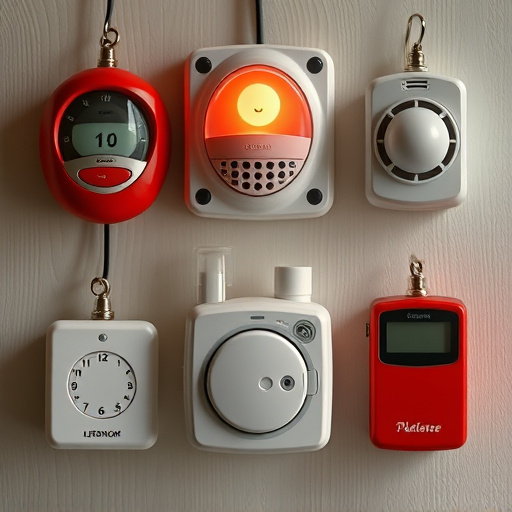Personal protection sirens, compact and powerful tools for outdoor safety, emit a loud Personal Alarm Sound within defined Coverage Area. Ideal for hiking, camping, or running in remote areas, they deter threats, startle attackers, and signal distress to nearby individuals or emergency services. Key features include 100-120 dB sound, adjustable range (50-100 meters), water resistance, and compact design. Choose a siren with matching Coverage Area to environment, test volume and effectiveness, maintain device, and regularly practice activation.
“Staying safe while enjoying outdoor adventures is paramount. Personal protection sirens, also known as personal alarm devices, offer a powerful tool for enhancing your safety during hikes, camping trips, or even evening walks. This article delves into the world of these compact yet potent devices, focusing on their role in ensuring personal security. We’ll explore key features that determine effective Personal Alarm Sound Coverage Area and provide best practices to maximize their utility outdoors.”
- Understanding Personal Protection Sirens for Outdoor Safety
- Key Features to Consider for Effective Coverage Area
- Best Practices for Utilizing Personal Alarm Sounds Outdoors
Understanding Personal Protection Sirens for Outdoor Safety
Personal protection sirens, also known as personal alarms, are compact and powerful devices designed to enhance outdoor safety. These sirens emit a loud and attention-grabbing Personal Alarm Sound within a specific Coverage Area, making them ideal for various activities like hiking, camping, or running in remote areas. Their portability allows users to carry them easily, ensuring peace of mind while enjoying nature.
The key advantage lies in their ability to deter potential threats and attract help quickly. The high-decibel sound can startle an attacker and signal distress to nearby individuals or emergency services. With different models offering various range options, users can choose the one that suits their activity and environment, ensuring effective protection during outdoor excursions.
Key Features to Consider for Effective Coverage Area
When selecting a personal protection siren for outdoor activities, understanding the key features that dictate effective coverage area is essential. The personal alarm sound should be loud enough to startle and alert potential threats, typically ranging from 100 to 120 decibels (dB). This sound projection ensures your signal reaches a wide area, making it ideal for diverse outdoor settings – from hiking trails to camping sites.
Consider the siren’s range as a critical factor in its effectiveness. A good personal alarm should cover at least 50-100 meters in open spaces, with potential adjustments based on environmental factors like terrain, vegetation, and weather conditions. Additionally, look for sirens equipped with features like adjustable volume levels, water resistance, and compact design for ease of carrying during outdoor adventures.
Best Practices for Utilizing Personal Alarm Sounds Outdoors
When utilizing personal alarm sounds outdoors, it’s essential to consider the coverage area for optimal effectiveness. Choose a device with a range that suits your activity and environment—whether hiking in dense forests or camping in open fields. The last thing you want is a siren that doesn’t reach potential rescuers when needed most. Additionally, test the alarm sound at various volumes to ensure it’s loud enough to startle predators or alert others to your distress.
Regular maintenance and proper placement are also key best practices. Keep your personal alarm charged and in a readily accessible location. Avoid entrapping it behind trees or bushes where it might not be easily heard. Instead, place it near your line of sight during outdoor activities, allowing you to activate it quickly if necessary. Regularly practice activating the alarm to familiarize yourself with its sound and ensure it’s functioning correctly.
Personal protection sirens, with their potent personal alarm sounds, offer a vital tool for outdoor enthusiasts. By considering key features like frequency, volume, and waterproof design, users can ensure comprehensive coverage area and effective deterrence during activities. Adhering to best practices, such as testing in different environments and maintaining regular batteries, will maximize the safety benefits of these devices. In today’s outdoor adventures, equipping yourself with a reliable personal alarm sound is no longer an option—it’s a necessity.
